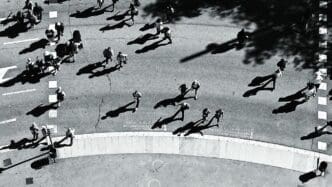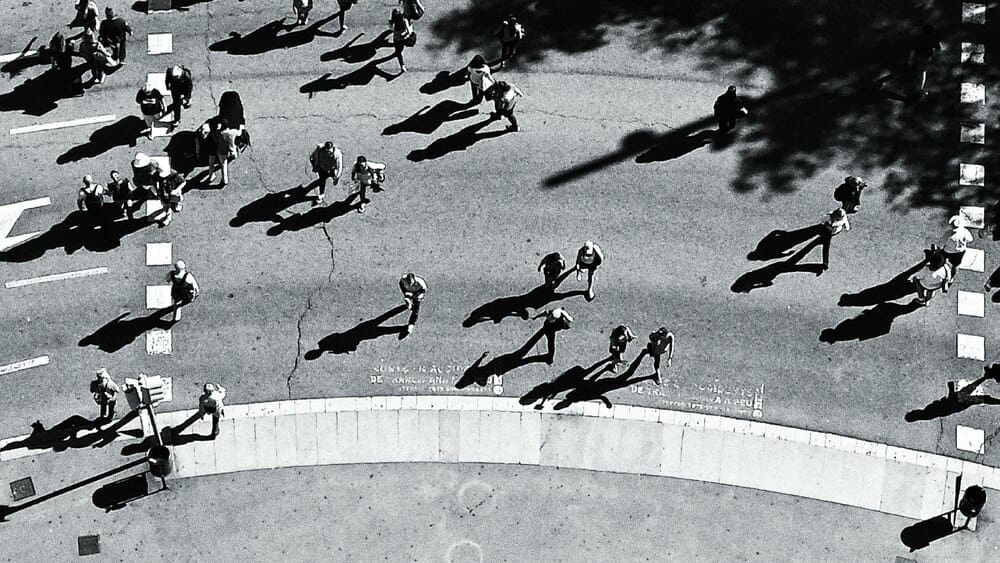For runners worldwide, qualifying for the Boston Marathon represents a pinnacle of achievement, a tangible result of discipline, dedication, and countless miles logged. To earn a coveted spot, runners aged 18 and over must achieve a specific net time (chip time) in a certified marathon during a designated qualifying window, which typically runs from September to September each year. This qualifying time, known as a “BQ,” varies by age and gender and must be fast enough not only to meet the standard but also to beat a “cut-off” time determined by the number of applicants, making the journey to the starting line in Hopkinton, Massachusetts, one of the most challenging and rewarding pursuits in amateur sports.
Understanding the Qualifying Process
The path to the Boston Marathon is governed by a clear set of rules established by the Boston Athletic Association (B.A.A.), the historic organization that has managed the race since its inception in 1897. Understanding these rules is the first step for any aspiring qualifier.
The BQ Time Standard
At the heart of the qualification system are the time standards. These are tiered by age group and gender, ensuring a competitive but fair benchmark across different life stages. It is critical to note that the age group you fall into is determined by your age on the day of the Boston Marathon you are applying for, not your age on the day you run your qualifying marathon.
For the 2025 Boston Marathon, the qualifying standards are as follows:
- Ages 18-34: 3 hours, 00 minutes (Men); 3 hours, 30 minutes (Women)
- Ages 35-39: 3 hours, 05 minutes (Men); 3 hours, 35 minutes (Women)
- Ages 40-44: 3 hours, 10 minutes (Men); 3 hours, 40 minutes (Women)
- Ages 45-49: 3 hours, 20 minutes (Men); 3 hours, 50 minutes (Women)
- Ages 50-54: 3 hours, 25 minutes (Men); 3 hours, 55 minutes (Women)
- Ages 55-59: 3 hours, 35 minutes (Men); 4 hours, 05 minutes (Women)
- Ages 60-64: 3 hours, 50 minutes (Men); 4 hours, 20 minutes (Women)
- Ages 65-69: 4 hours, 05 minutes (Men); 4 hours, 35 minutes (Women)
- Ages 70-74: 4 hours, 20 minutes (Men); 4 hours, 50 minutes (Women)
- Ages 75-79: 4 hours, 35 minutes (Men); 5 hours, 05 minutes (Women)
- Ages 80 and over: 4 hours, 50 minutes (Men); 5 hours, 20 minutes (Women)
The B.A.A. also has qualifying standards for para athletes and adaptive programs, which can be found on their official website.
The Qualifying Window
You cannot use a marathon time from just any point in the past. The B.A.A. defines a specific “qualifying window” for each race. For the 2025 Boston Marathon, for example, the window opened on September 1, 2023. This means any certified marathon completed after this date is eligible for consideration.
This window ensures that all applicants are submitting relatively current results. The registration period itself typically occurs over one week in mid-September, about seven months before the race is held on Patriots’ Day in April.
Certified Marathon Courses
To be valid, your qualifying time must be achieved on a course certified by a national governing body, such as USA Track & Field (USATF), or an international equivalent recognized by the Association of International Marathons and Distance Races (AIMS). Course certification guarantees that the marathon distance is measured accurately to 26.2 miles.
Virtual races, where runners complete the distance on their own time and course, are not eligible for Boston qualification. The result must come from an official, in-person event.
The “Cut-Off” Time: Boston’s Hardest Hurdle
Here lies the most misunderstood and often heartbreaking aspect of qualifying. Simply running a BQ time does not guarantee you a spot in the race. Because the number of runners who achieve their BQ often exceeds the number of available bibs for qualifiers, the B.A.A. must implement a “cut-off.”
Why a BQ Isn’t a Golden Ticket
Think of it as a matter of supply and demand. The Boston Marathon has a finite field size, typically around 30,000 runners. A significant portion of these spots are reserved for charity runners and invitational entries, leaving a specific number for time qualifiers. When the number of applicants exceeds that number, entry is granted to the fastest runners first.
The B.A.A. accepts applicants in order of how much faster they were than their required standard. This creates a secondary, floating qualification bar known as the cut-off time.
How the Cut-Off Is Determined
The cut-off is not announced in advance. It is only determined after the registration window closes and all applications have been verified. For instance, if the field allows for 20,000 qualifiers, the B.A.A. will accept the 20,000 fastest applicants relative to their standard. The time of the 20,000th accepted runner becomes the cut-off.
This time can fluctuate dramatically year to year. For the 2021 race, the cut-off was a staggering 7 minutes and 47 seconds, meaning you needed to be that much faster than your BQ. In contrast, for the 2023 race, there was no cut-off (0 minutes, 0 seconds), and all qualified applicants were accepted. For the 2024 race, the cut-off was 5 minutes and 29 seconds, a historically difficult barrier.
The Importance of a “Buffer”
Because of the unpredictable nature of the cut-off, seasoned runners advise aiming for a “buffer.” This means your goal should not be to simply squeak under your BQ time, but to beat it by a significant margin. A safe target for many is to be at least five to ten minutes faster than your standard.
Having a substantial buffer provides a much stronger chance of acceptance and reduces the anxiety of waiting for the official cut-off announcement.
Crafting Your Plan to Qualify
Earning a BQ requires a thoughtful, strategic approach that extends far beyond just running more. It involves smart race selection, structured training, and flawless race-day execution.
Choose the Right Qualifying Race
Your choice of marathon can have a huge impact on your performance. Look for races known for being “BQ-friendly.” Key factors include a flat or net-downhill course profile, which can aid speed, and cool, predictable weather, as heat is a major performance killer.
Iconic races like the Chicago Marathon or Berlin Marathon are known for their fast courses. Other popular domestic choices include the California International Marathon (CIM) in Sacramento, which has a net-downhill profile, and smaller races like the Revel series, which are specifically designed for fast times.
Embrace Strategic Training
A marathon training plan for a BQ attempt must be more sophisticated than one aimed at simply finishing. It should be a structured, periodized plan that builds over 16 to 20 weeks and incorporates key elements for speed and endurance.
This includes weekly long runs to build aerobic capacity, tempo runs to improve your lactate threshold (your ability to hold a comfortably hard pace), and interval training to boost your top-end speed (VO2 max). Complementary strength training is also crucial for injury prevention and improving running economy.
Perfect Your Race Day Execution
All the training in the world can be undone by a poor race-day strategy. The single biggest mistake runners make is going out too fast in the first half of the race, burning through their glycogen stores and leading to a painful slowdown in the final miles.
Practice your pacing relentlessly during training. Aim for even splits or a “negative split,” where you run the second half of the marathon slightly faster than the first. You must also dial in your nutrition and hydration plan, practicing with the exact gels, chews, and drinks you will use on race day to avoid any gastrointestinal surprises.
Alternative Paths to the Boston Marathon
If a qualifying time feels out of reach, or if you miss the cut-off, there are other ways to experience the magic of the Boston Marathon.
Run for a Charity
The B.A.A. Official Charity Program and other affiliated non-profits offer bibs to runners who commit to raising a specific amount of money. Fundraising minimums are typically several thousand dollars, but this path provides a deeply meaningful way to run the race while supporting a worthy cause.
This is the most common and accessible non-qualifying route to the starting line. It allows runners of all paces to participate in the event.
Invitational and Other Programs
A small number of entries are reserved for sponsors, media partners, and elite runners who do not meet the standard qualifying times. The B.A.A. also runs special programs for local running clubs and residents of the eight towns along the marathon course, offering them a chance to participate.
Furthermore, runners who have completed 25 or more consecutive Boston Marathons are granted legacy entry as members of the “Quarter Century Club,” a testament to their incredible long-term dedication to the event.
The quest to qualify for the Boston Marathon is a journey that tests a runner’s physical limits and mental fortitude. It demands a deep understanding of the process, from the specific time standards and certified courses to the harsh reality of the annual cut-off. By selecting the right race, adhering to a smart training plan, and aiming for a significant buffer, runners can transform the dream of a BQ into a verifiable reality, earning their place in one of the most celebrated events in all of sport.







